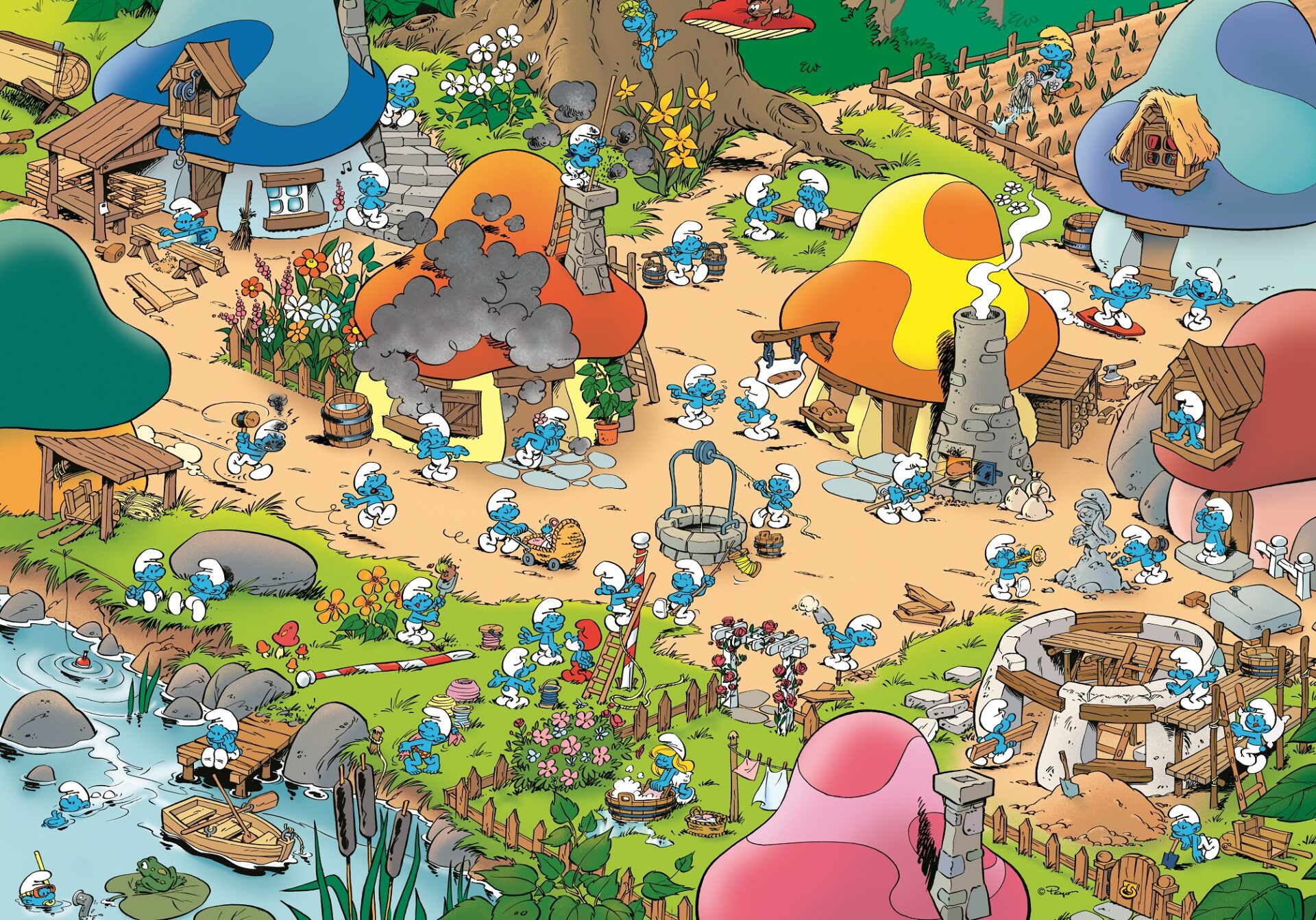The inside story of the little blue tribe that conquered the world
They are the naughty gnomes, the original blue man group, the evergreen imps. They are, of course, the Smurfs.

Copyright © 2025 The Brussels Times. All Rights Reserved.
They are the naughty gnomes, the original blue man group, the evergreen imps. They are, of course, the Smurfs.

Copyright © 2025 The Brussels Times. All Rights Reserved.